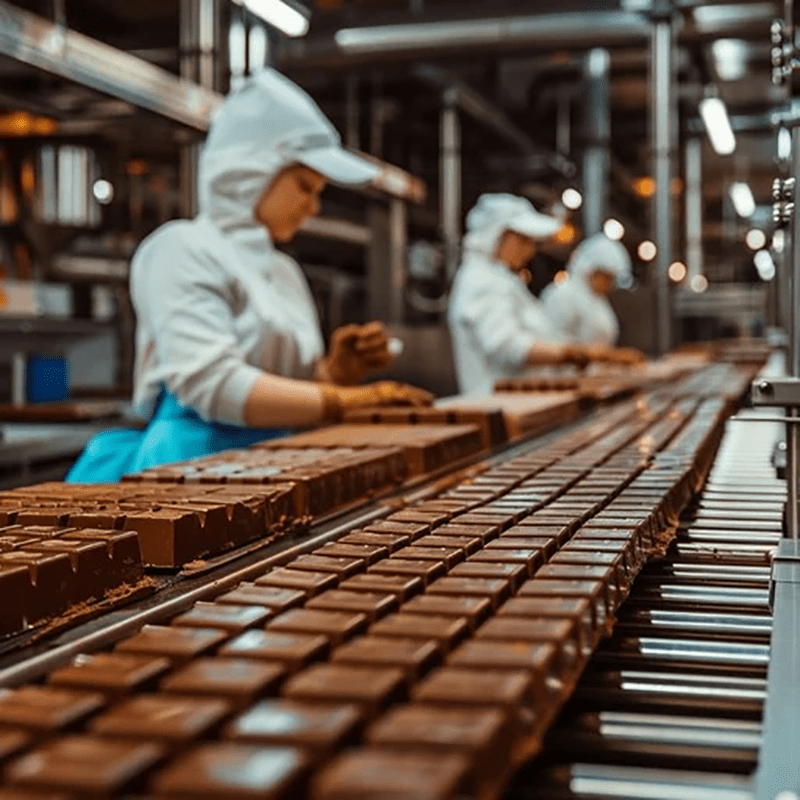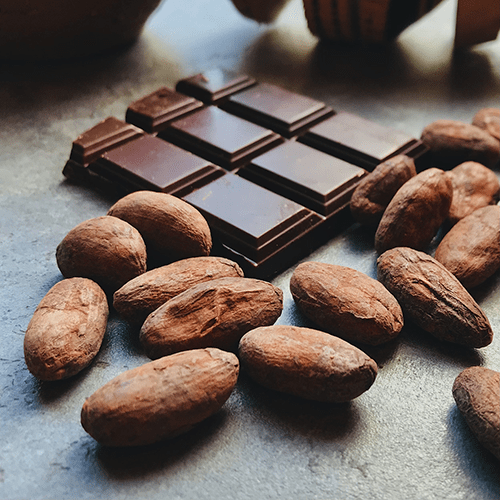Here at ‘Hello Chocolat’, we are asked “What is the difference between mass produced and artisan chocolate”.
Here is a breakdown of the key differences between mass produced and artisan –
Mass-Produced Chocolate:
- Production: Made in large quantities using automated, industrial processes.
- Ingredients: Often uses a blend of lower-cost cocoa beans, along with higher amounts of sugar, dairy fats, and artificial additives like emulsifiers and preservatives to maintain consistency and extend shelf life.
- Flavour: The focus is on a consistent, familiar flavour profile that appeals to a wide audience. This often means less emphasis on the nuanced flavours of the cocoa bean itself.
- Texture: Tends to be smoother due to the use of emulsifiers and a higher fat content.
- Cost: Generally more affordable due to economies of scale and cheaper ingredients.

Artisan Chocolate:
- Production: The chocolate is crafted in smaller batches with a focus on traditional techniques and attention to detail. Chocolatiers often have a direct relationship with cocoa farmers.
- Ingredients: Prioritizes high-quality, ethically sourced cocoa beans (often single-origin) and natural ingredients. May use less sugar to highlight the cocoa’s natural flavour.
- Flavour: Emphasizes the unique flavour profiles of different cocoa beans, with complex notes and aromas.
- Texture: Can vary depending on the chocolatier’s style, but often has a more distinct “snap” and may have a slightly less smooth mouthfeel than mass-produced chocolate.
- Cost: More expensive due to higher quality ingredients, labour-intensive production methods, and smaller production volumes.

Ultimately, the choice between craft and mass-produced chocolate comes down to the individual’s personal preference and the slightly higher cost due, mainly to better quality ingredients.
Craft chocolate offers a more refined and nuanced experience, while mass-produced chocolate provides a more cheaper, accessible and familiar taste.
